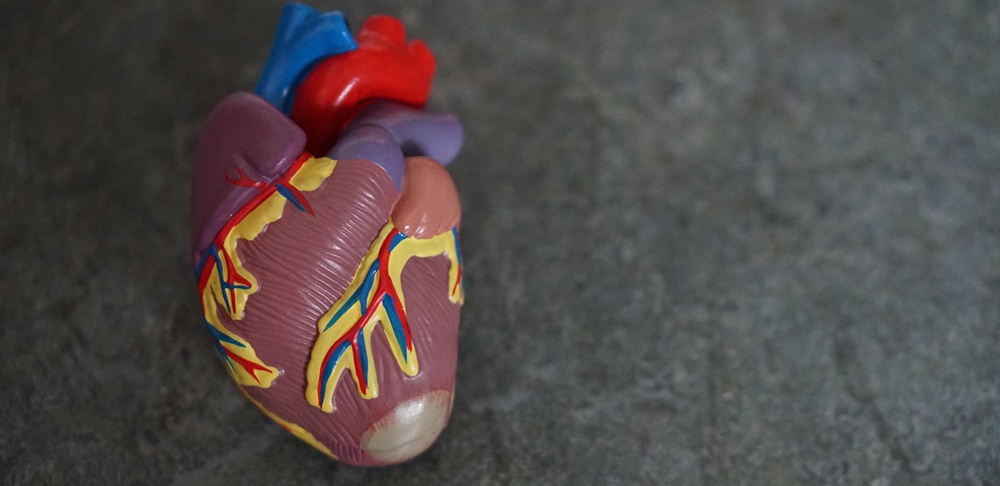Can anyone do Basic Life Support?
Perhaps the first thing people need to know regarding basic life support is how to recognize life-threatening emergencies as they can happen anytime to a family member, a friend, or to you as well.
Warning signals
Heart attack is characterized by an uncomfortable pressure, squeezing, or pain in the center of the chest just behind the breastbone. The feeling may spread to the lower jaw, neck, either shoulder, or arm. Other signs include light-headedness, nausea, and fainting. Sudden cardiac arrest is marked by a sudden loss of consciousness. When one-sided facial droop, one-sided arm weakness, or speech difficulties are observed, a stroke should always be considered.
What to do?
Imagine yourself walking along a sidewalk and you find a person who is lying on the ground. What would you do? How would you react?
The first thing you need to do is to examine the safety before you get closer to the layperson. It would be pointless if, in the act of trying to help someone, you hurt yourself along the way. You would be just an additional person requiring help.
Once safety is ensured, the next thing to do is to check responsiveness. Tap the shoulders or shout at the person to see if he/she responds. While doing so, you should also do a breathing test by observing the rise and fall of the chest or by checking if the air is inhaled by nostrils.
If the victim is unresponsive and doesn’t breathe normally, you should immediately shout for help. It would be wise to know emergency hotlines and have emergency contacts stored in your mobile phone. If there are other people in the neighborhood, you can request them to get help while you can stay with the victim.
The guidelines for cardiopulmonary resuscitation (CPR) used to be in A-B-C convention, meaning airway-breathing-circulation. However, the sequence was revised in 2010 according to American Heart Association guidelines, emphasizing compression first and then airway and breathing. This change in sequence removes the delay in doing early chest compressions, which is vital in improving the survival of the patient and encourages bystanders to perform CPR as well.
Cardiopulmonary resuscitation
We sometimes see in movies how CPR is done, so we have a basic picture of it. However, many of us would feel uncomfortable doing mouth-to-mouth resuscitation to anyone, especially to a stranger. Another reason why a person may not want to perform CPR is panic when facing a situation of someone with sudden cardiac arrest.
There is a proper way, position, and form in which one is able to perform effective chest compressions. Position yourself on one side of the patient’s chest. Place the heel of one palm at the center of the chest in the area between nipples. Place the other hand on the top and intertwine your fingers. Kneel and make sure your arms are perpendicular to the victim’s body, with elbows locked and arms straight. Your arms should move as one unit.
The recommended frequency of compression is 100 per minute with a depth of 2 inches (5 cm) for adults and 1.5 inches for children. Allowing a complete chest recoil during chest compressions is important to ensure the effectiveness of CPR.
Chest compressions are far more important than mouth-to-mouth resuscitation because for the first several minutes after the cardiac arrest the oxygen level in the blood remains still enough for the system.
This fact also encourages bystanders to take the initiative to perform CPR in emergency situations.
Let this dispel the notion that only paramedics or health care personnel can give basic life support. Anyone can help as long as he is equipped with the knowledge of what should be done.




























